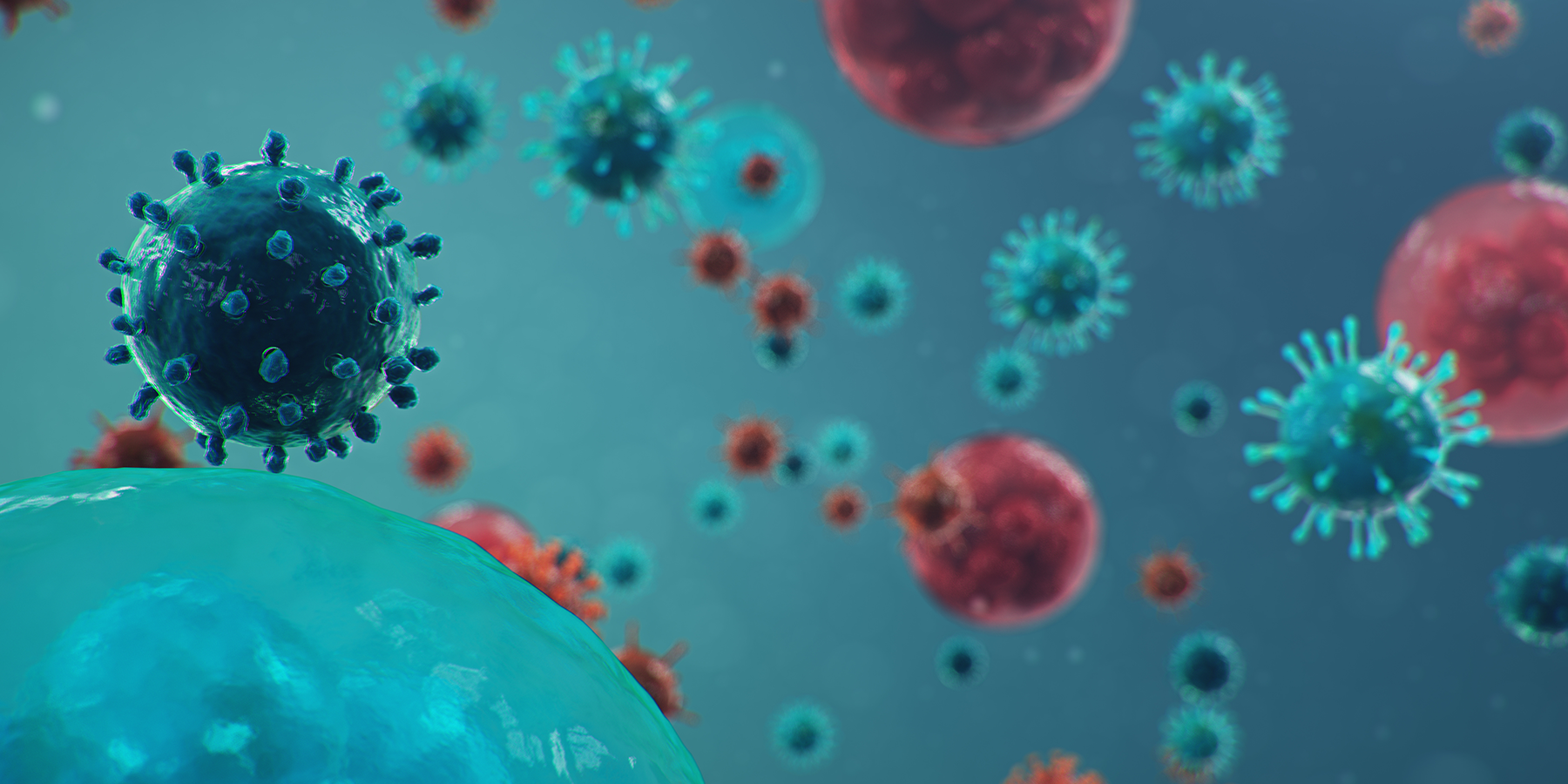
AF4-MALS can easily separate and size multi-modal virus samples
Pharmaceutical and biotech companies are increasingly using viruses as gene therapy delivery vehicles due to their versatility and safety. Viruses can be loaded with DNA or RNA and delivered to a specific location in the body to treat or cure a disease. However, one of the biggest challenges for manufacturing a homogeneous virus sample is the presence of viral aggregates, which negatively affect transduction efficiency, biodistribution, and immunogenicity. Due to their relatively large size, often over 50 nm in diameter, virus aggregates are challenging to separate and characterize by traditional column-based chromatography techniques such as Size Exclusion Chromatography (SEC).
A new application report from Postnova Analytics presents data from a collaboration with the Analytical Development group at Biogen Inc. on separation of a virus mixture using Asymmetrical Flow Field-Flow Fractionation (AF4) and measurement of their radius of gyration (Rg). The data presented demonstrate that AF4-MALS is a powerful tool for the separation of virus particles. This powerful technique is shown to separate viruses and aggregates from a few nm up to >100 nm. This means that AF4-MALS can easily separate and size multi-modal virus samples, including the larger Ad5 virus and its aggregates with high resolution and precision.
Download this application report, compliments of Postnova Analytics.
Download the Application Report
